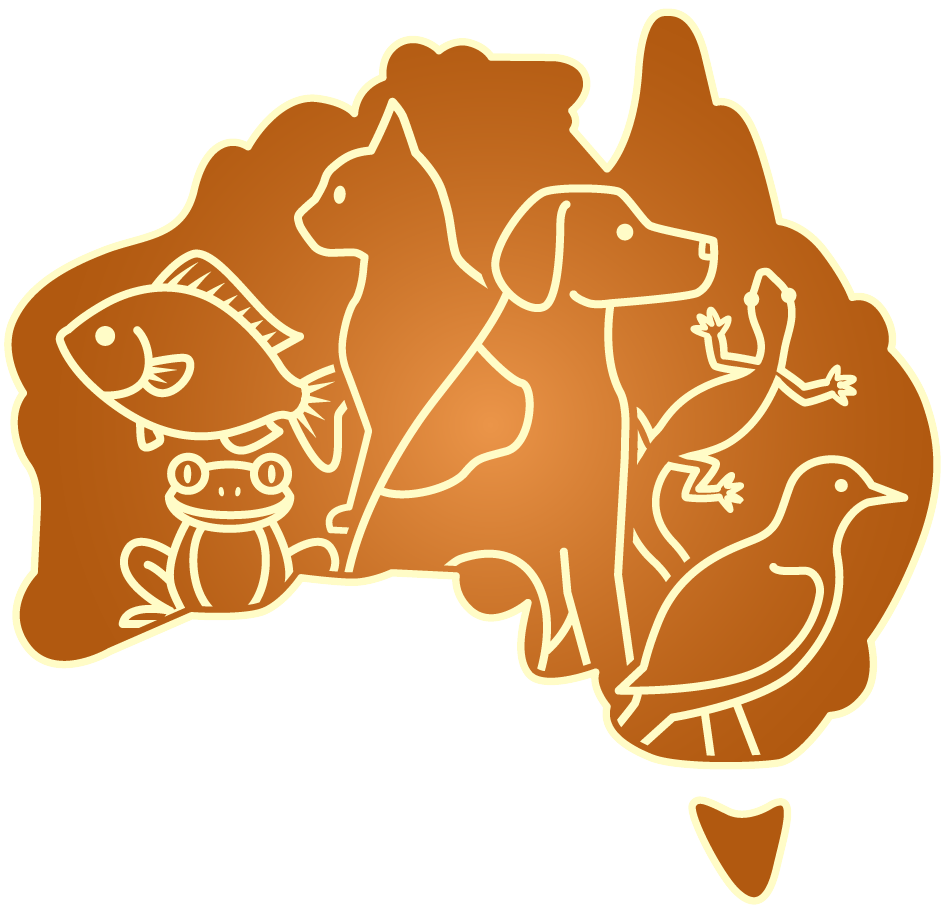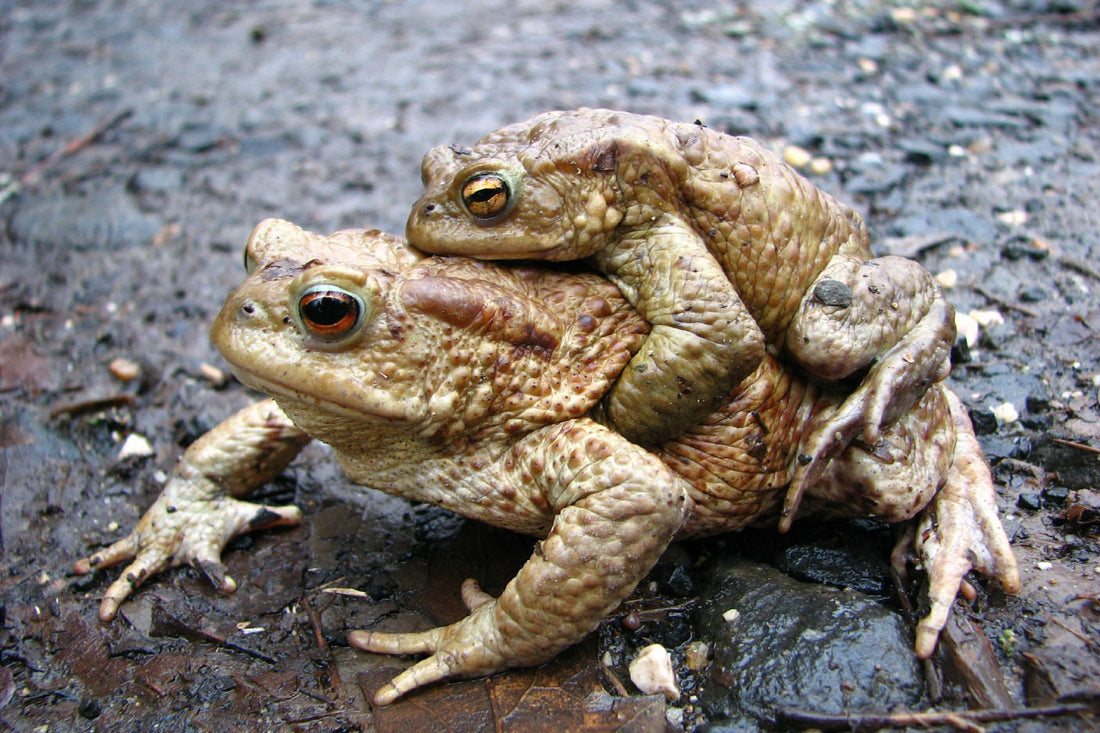Australia, with its diverse ecosystems, is home to a wide array of fascinating amphibians. From the charismatic tree frogs of the rainforest to the elusive salamanders of the cooler regions, these animals have captivated the hearts of many. However, caring for amphibians is distinct from most other pets due to their sensitive nature and specific habitat needs. This article provides a guide to setting up the perfect environment for your amphibious friends.
Understanding Amphibian Physiology
Amphibians have permeable skin, which means they absorb water and gases directly from their environment. This unique trait makes them highly sensitive to changes and potential toxins in their surroundings. It’s essential to keep this in mind when setting up and maintaining their habitats.
Selecting the Right Enclosure
-
Size Matters: Ensure the enclosure is spacious enough to provide areas for hiding, swimming, and land-based activities. As amphibians grow, they'll need more space.
-
Aquatic vs Semi-Aquatic: While many amphibians, like some frogs, live primarily in water, others, such as salamanders, require both terrestrial and aquatic areas.
-
Ventilation: A well-ventilated tank helps maintain humidity and prevents the growth of mould. Opt for tanks with meshed tops.
Creating the Perfect Substrate
The substrate forms the base of your amphibian's habitat and plays a critical role in their well-being.
-
For Aquatic Species: Use large, smooth gravel or stones. This prevents accidental ingestion while allowing waste to settle at the bottom.
-
For Semi-Aquatic & Terrestrial Species: Coconut fibre, sphagnum moss, or organic soil without added chemicals or fertilisers are ideal. These substrates help maintain humidity.
Water Quality is Key
Amphibians are highly sensitive to water quality due to their permeable skin.
-
Filtration: A gentle filter helps keep the water clean without creating strong currents which can stress your amphibians.
-
Dechlorination: Tap water often contains chlorine and chloramines. Always dechlorinate water before adding it to the enclosure.
-
Temperature: Maintain a water temperature suitable for the species. While many Australian amphibians prefer cooler water, some tropical species require warmer temperatures.
Landscaping the Habitat
Decor not only makes the enclosure aesthetically pleasing but also replicates the natural environment of amphibians, providing comfort and enrichment.
-
Hiding Spots: Amphibians are shy creatures. Incorporate logs, caves, or leafy plants for concealment.
-
Climbing Structures: Vertical spaces and climbing structures are especially beneficial for arboreal species.
-
Plants: Live plants like ferns, mosses, and aquatic plants not only add beauty but also help in maintaining humidity and water quality. However, ensure they're free from pesticides.
Lighting and Heating
While amphibians don’t require UVB lighting like some reptiles, appropriate lighting helps set a day-night cycle and keeps live plants healthy.
-
Day-Night Cycle: A standard LED or fluorescent light on a 12-hour timer can simulate a natural cycle.
-
Heating: Use under-tank heaters or ceramic heat emitters to maintain optimal temperatures. Avoid heat lamps, which can dry out the environment.
Maintaining Humidity
Amphibians require higher humidity levels than many other pets.
-
Misting: Spraying the enclosure with dechlorinated water daily helps keep humidity levels up.
-
Water Dishes: Shallow water dishes for species that aren’t entirely aquatic can aid in maintaining humidity.
Diet and Nutrition
-
Variety is Vital: Offer a varied diet that can include crickets, worms, and other small invertebrates. Some amphibians might also accept specialised pellets.
-
Supplements: Dust food with calcium and vitamin supplements to ensure your amphibians are getting all essential nutrients.
Amphibians are a delight to observe and care for, but their delicate nature means they require a well-thought-out environment. Ensuring clean water, appropriate humidity, and a diet that meets their nutritional needs are paramount. By understanding and catering to their specific requirements, you can ensure that your frogs and salamanders thrive. For a curated range of amphibian care products and more insights, don't hesitate to explore our store's offerings and resources. Your amphibious pet deserves the best, and we're here to help you provide just that.

